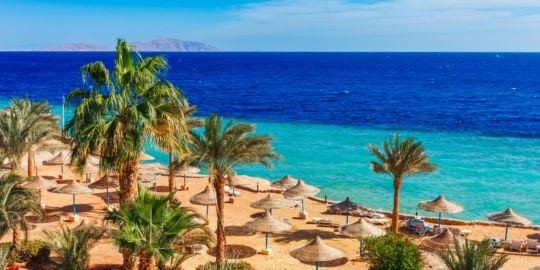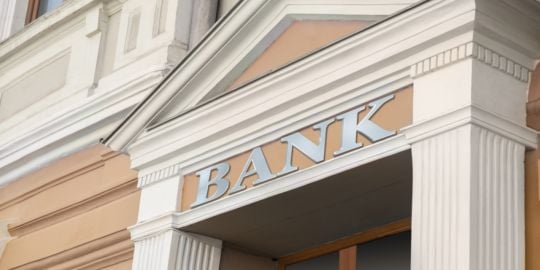Maadi is an affluent suburb in the south of Cairo, Egypt. The town is home to the Supreme Constitutional Court of Egypt, Lycée Français du Caire (LFC), Cairo American College (CAC), Maadi British International School (MBIS), the Cairo Rugby Club, and the national Egyptian Geological Museum. Maadi is also home to the Maadi Sporting Club, founded in 1920 by the British Expats who were mainly working at the Delta real estate Company. The Club offers a range of sports, such as Tennis, Football, Swimming, Squash, Judo, Table Tennis, Sailing, Rowing. Maadi is popular with expatriate families of various nationalities living in Cairo.
Maadi retains the ancient name of the town that once stood on much the same site as today's district, and which has now turned out to be a significant Predynastic archaeological site. However, building activity in the area has destroyed some archaeologically sensitive places. There was a story that the name was given after the ferries that operated on the Nile side, carrying people across the Nile to the opposite side, hence the name Ma'adi "plural of the word Ma'adiya, which is Arabic for ferry". The town traces its modern history to 1904 when the railway between Cairo and Helwan was built. This in combination with land speculation by the Mosseri cousins gave rise to a new town. Construction was originally limited to the area right near the railway, but eventually spread down to the river Nile. Also, a large army camp was built east of the railway.
The town planning was done in 1905 by a retired Canadian officer Captain Alexander J. Adams. His vision led to the wide boulevards and large villas still seen in Maadi today. There were very strict rules associated with residential development in Maadi with regards to the size of houses, how much of the property could be occupied by the house and how much had to be left for the garden, and the size of the sidewalks. Even window shutters had prescribed colours. Other regulations included radio noise control after 22:00 and fines for not maintaining gardens properly.
The oldest area in Maadi is El Sarayat, composed mostly of villas and lowrise buildings. It is the most affluent part of Maadi along with the adjacent Degla area. These two areas are recognizable by the high number of roundabouts, quiet atmosphere and greenery.Maadi lies on the river Nile about 12 km upstream from downtown Cairo, on the east bank. The river is parallelled by the Corniche, a waterfront promenade of the kind found in many Egyptian towns. The main road into Cairo follows the Corniche. There is no bridge across the Nile at Maadi; the nearest one is Mounib towards central Cairo.
Maadi is the least densely populated neighbourhood in Greater Cairo, and much of the town is inhabited by well-to-do Egyptians, as well as expatriates, many of whom are connected with embassies, ambassadorial residences and international corporations located in Maadi. In particular, the Peruvian, Mexican, Japanese, Mongolian and Argentinian embassies, among others, are located in Maadi.
Maadi
Thanks for the great info, I am doing a research on Maadi and these info are great. But can I ask about the references please?
Thanks in advance
Merham
Hi Merham,
This is an old thread (always check the date before posting). Could you please create a new topic on the forum while explaining your search. You will get better chances of somebody guiding you.
Thanks and all the best,
Bhavna
Subscribe to this topic

Open a bank account that suits you
Discover the best international banks to manage your money securely.
"








